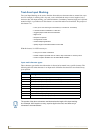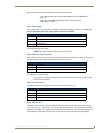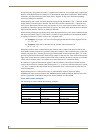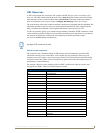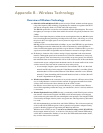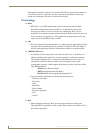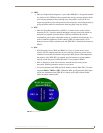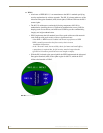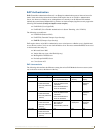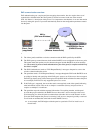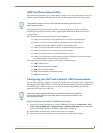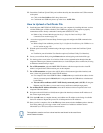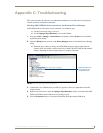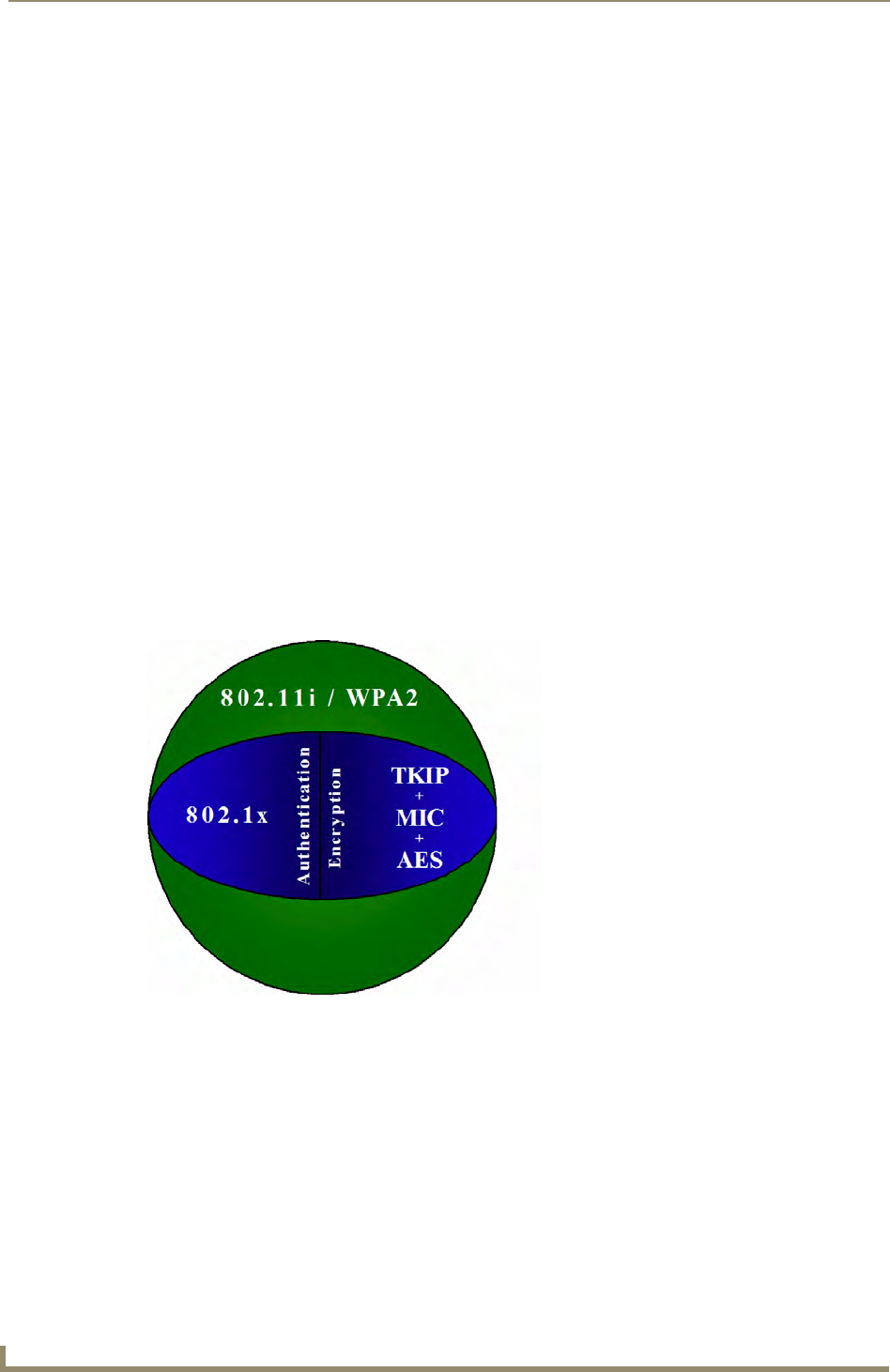
Appendix B - Wireless Technology
172
MVP-8400i Modero Viewpoint Wireless Touch Panels
WPA2
Also know as IEEE 802.11i, is an amendment to the 802.11 standard specifying
security mechanisms for wireless networks. The 802.11i scheme makes use of the
Advanced Encryption Standard (AES) block cipher; WEP and WPA use the RC4
stream cipher.
The 802.11i architecture contains the following components: 802.1X for
authentication (entailing the use of EAP and an authentication server), RSN for
keeping track of associations, and AES-based CCMP to provide confidentiality,
integrity and origin authentication.
WPA2 implements the full standard, but will not work with some older network
cards. Both provide good security, with two significant issues:
- either WPA or WPA2 must be enabled and chosen in preference to WEP.
WEP is usually presented as the first security choice in most
installation instructions.
- in the "Personal" mode, the most likely choice for homes and small offices,
a passphrase is required that, for full security, must be longer than the
typical 6 to 8 character passwords users are taught to employ.
With the RC4 released to the general public the IEEE implemented the Advanced
Encryption Standard (AES) as the cipher engine for 802.11i, which the Wi-Fi
Alliance has branded as WPA2.
FIG. 80 WPA2 Overview



